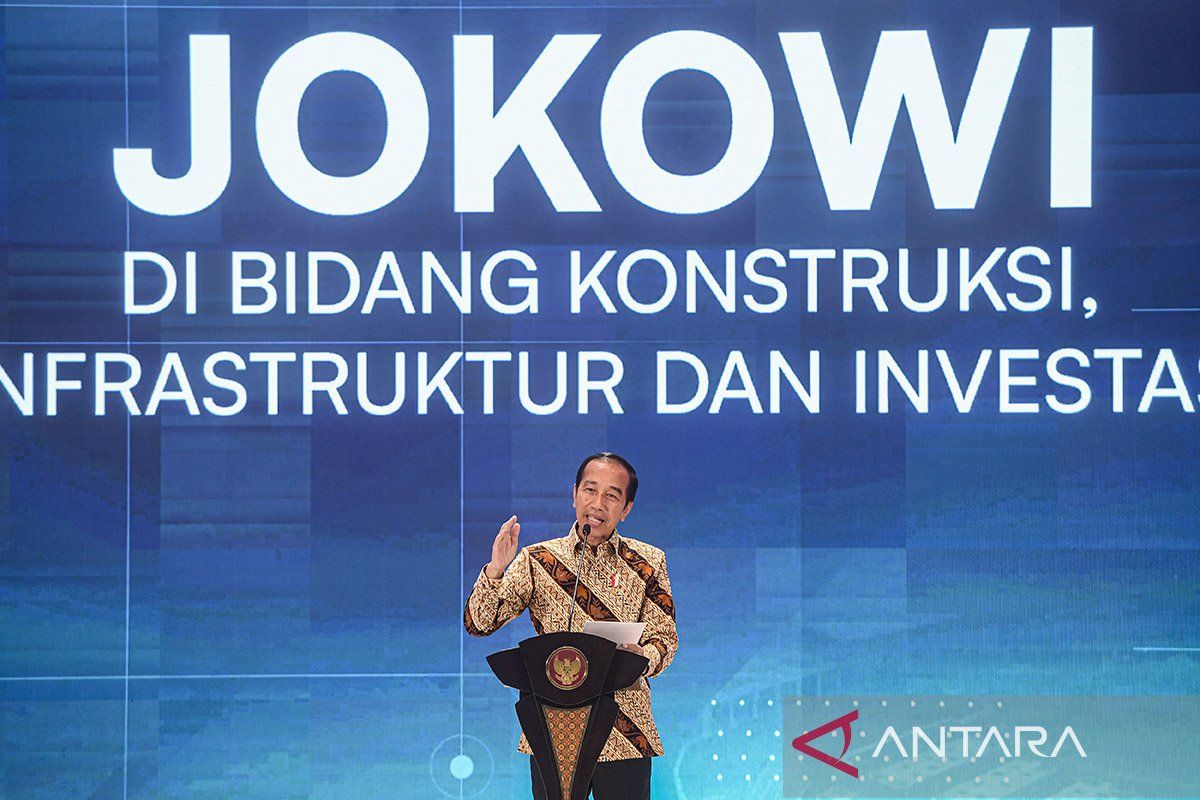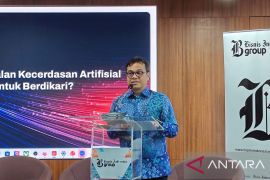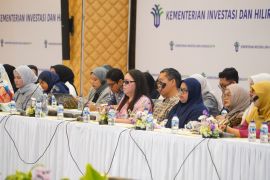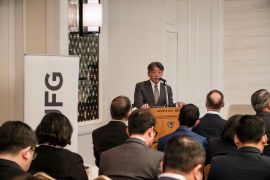Data from Statistics Indonesia shows that the structure of the Indonesian economy has begun to shift. Before Jokowi's presidency, the country's economy was heavily concentrated in Java and Sumatra, contributing 82.4 percent of the national GDP. Other islands, led by Kalimantan, had significantly smaller shares.
Approaching the end of Jokowi's administration, Java remained the top GDP contributor in the first quarter (Q1) of 2024 (57.7 percent), but Sumatra and Kalimantan declined to 21.85 percent and 8.19 percent, respectively. Conversely, Sulawesi (6.89 percent), Bali/Nusa Tenggara (2.75 percent), and Maluku/Papua (2.62 percent) saw increased contributions.
Investment is shifting outside Java. Data from the Investment Ministry confirms that more money is being invested outside the island than within it.
Investment outside Java dominated in Q1 2024, capturing 50.1 percent of the total Rp401.5 trillion (around US$25.64 billion) investment. Central Sulawesi led with Rp27 trillion, driven by its nickel industry.
Infrastructure development
The shift in economic structure is also closely tied to the intensive infrastructure development carried out by the government over the past decade.
President Jokowi has frequently emphasized the importance of infrastructure development for reducing logistics costs and enhancing connectivity between regions.
He believes that the presence of infrastructure can lower logistics costs and increase Indonesia’s competitiveness with other countries. Infrastructure development is also seen as a means to create new areas of economic growth.
This effort is evidenced by Indonesia’s position in the IMD World Competitiveness Ranking for the infrastructure sector, which improved from 54th in 2014 to 27th currently.
The government has identified 204 infrastructure projects and 13 programs as national strategic projects (PSN) across 14 sectors. Since 2016, 190 of these projects, worth Rp1,514 trillion, have been completed, primarily in Java and Sumatra.
Indonesia's transportation sector has seen progress with new railways, metro systems, and port hubs. However, challenges such as climate change, pollution, resource shortages, and the COVID-19 pandemic have hindered development.
The Executive Director of the Center of Reform on Economics (CORE), Mohammad Faisal, stated that Indonesia has made significant infrastructure strides under Jokowi, especially outside Java.
While this has reduced the infrastructure gap, economic growth in these regions has lagged behind, he said. The government's downstream program, focusing on mining and commodities, is still in its early stages and has yet to deliver substantial added value.
Faisal noted that the industrial sector's growth is still around 4 percent per year, below the national economic growth rate.
"It is still close to the parameters of deindustrialization," he remarked.
Community welfare
Smelter development and downstream processing in Sulawesi, Maluku, and Papua have attracted significant investment in mining commodities.
North Maluku and Central Sulawesi, leading nickel producers, experienced rapid economic growth of 20.49 percent and 11.91 percent, respectively, in 2023, making them investment hotspots.
Nickel mining is a key driver of Indonesia's economic growth, fueled by significant foreign direct investment (FDI) in North Maluku and Central Sulawesi during 2023.
Indonesia attracted US$50 billion in foreign investment in 2023, with West Java, Central Sulawesi, and North Maluku leading the way at US$8.3 billion, US$7.2 billion, and US$5.0 billion, respectively.
Despite significant investment, poverty rates in Sulawesi, Maluku, and Papua remain high. While Indonesia's overall poverty rate decreased during President Jokowi's term, these regions still face challenges.
For instance, the poverty rate in Maluku and Papua in March 2024 was recorded at 19.39 percent, more than double the national rate of 9.03 percent.
According to Faisal, more equitable economic development can drive the regional economy, particularly through labor absorption.
However, he emphasized the need for increased efforts to ensure that local communities can fully benefit from economic development through job creation.
The quality of human resources must also be improved to support investment projects in the region. Training programs should be aligned with existing investments to facilitate the direct absorption of local workers into the industry.
However, this alignment rarely occurs in practice. As a result, several investment projects, such as smelter construction, tend to rely more on workers from outside the region.
"Actually, there are many training programs, such as the Pre-Employment Card program, but these programs operate independently and are not connected to incoming investments," Faisal stated.
For instance, if the government plans to open a factory in East Java, the local workforce must be prepared beforehand, including through training or by establishing an educational institution with a curriculum aligned with the investment.
To realize the goal of Indonesia-centric development and to promote more equitable growth, a more targeted synergy between infrastructure development, investment, and the enhancement of human resource capacity is essential.
Therefore, the government and stakeholders must continue to collaborate to ensure that every infrastructure development and investment project not only boosts the regional economy but also directly improves the welfare of the local community.
Related news: Jokowi says Prabowo committed to accelerating Nusantara’s build
Related news: Jokowi's apology a humane gesture, says Kaesang
Translator: Shofi Ayudiana, Resinta Sulistiyandari
Editor: Anton Santoso
Copyright © ANTARA 2024












